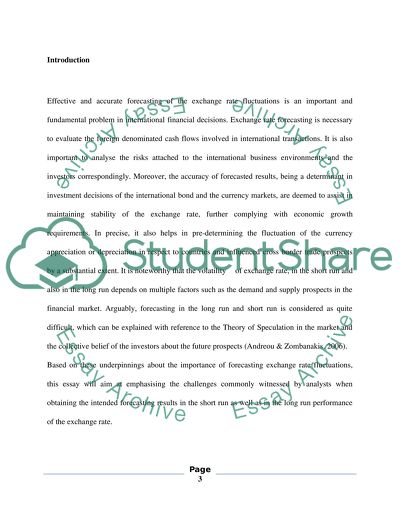Cite this document
(“International Bond and Currency Markets Essay Example | Topics and Well Written Essays - 2000 words”, n.d.)
International Bond and Currency Markets Essay Example | Topics and Well Written Essays - 2000 words. Retrieved from https://studentshare.org/finance-accounting/1489126-international-bond-and-currency-markets
International Bond and Currency Markets Essay Example | Topics and Well Written Essays - 2000 words. Retrieved from https://studentshare.org/finance-accounting/1489126-international-bond-and-currency-markets
(International Bond and Currency Markets Essay Example | Topics and Well Written Essays - 2000 Words)
International Bond and Currency Markets Essay Example | Topics and Well Written Essays - 2000 Words. https://studentshare.org/finance-accounting/1489126-international-bond-and-currency-markets.
International Bond and Currency Markets Essay Example | Topics and Well Written Essays - 2000 Words. https://studentshare.org/finance-accounting/1489126-international-bond-and-currency-markets.
“International Bond and Currency Markets Essay Example | Topics and Well Written Essays - 2000 Words”, n.d. https://studentshare.org/finance-accounting/1489126-international-bond-and-currency-markets.


